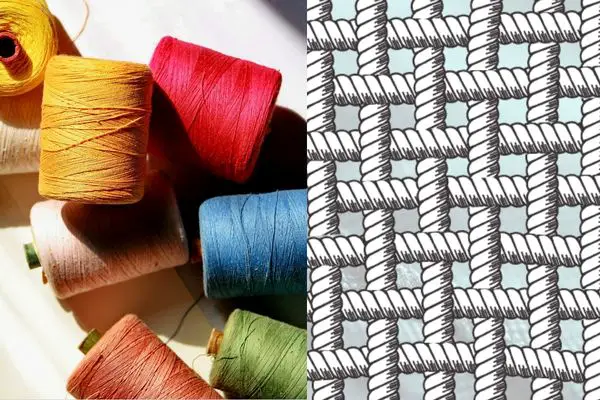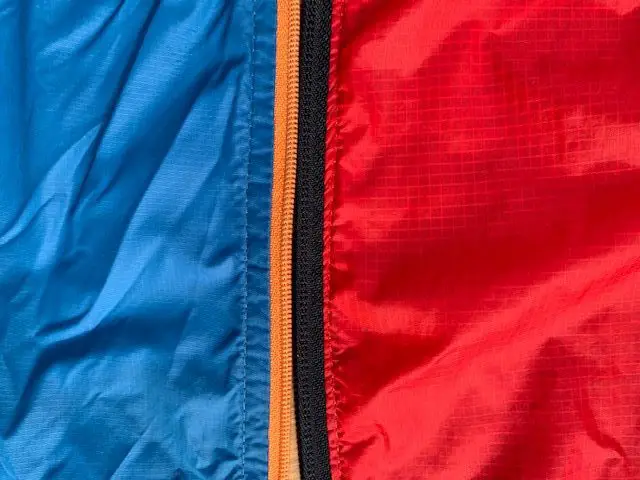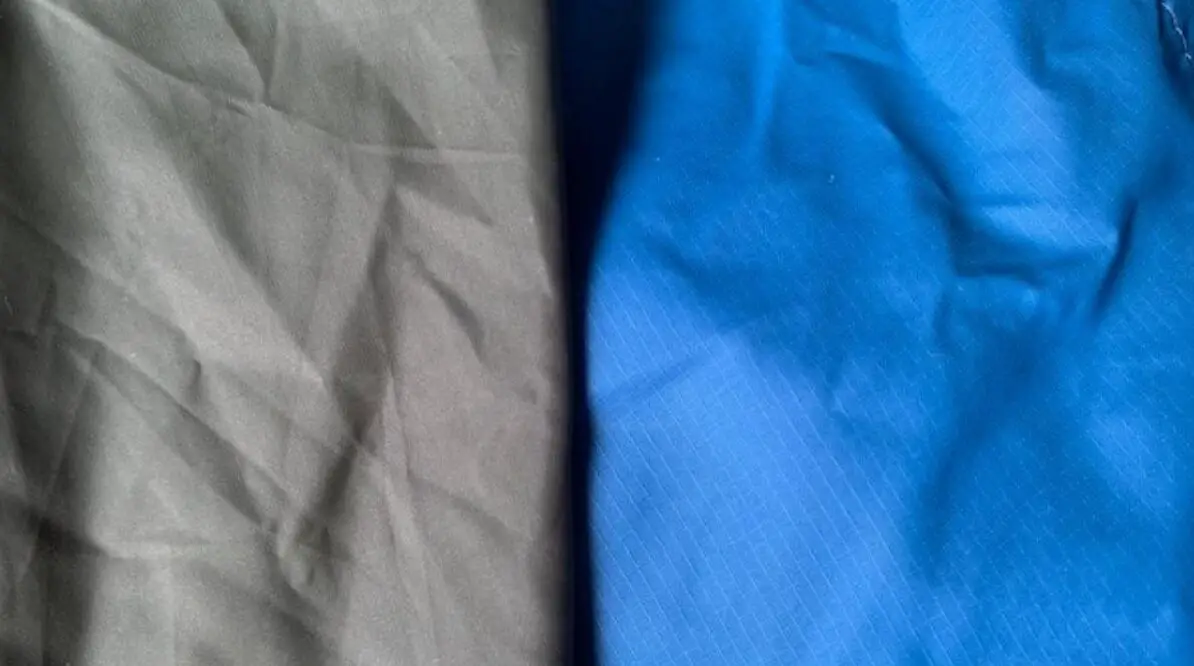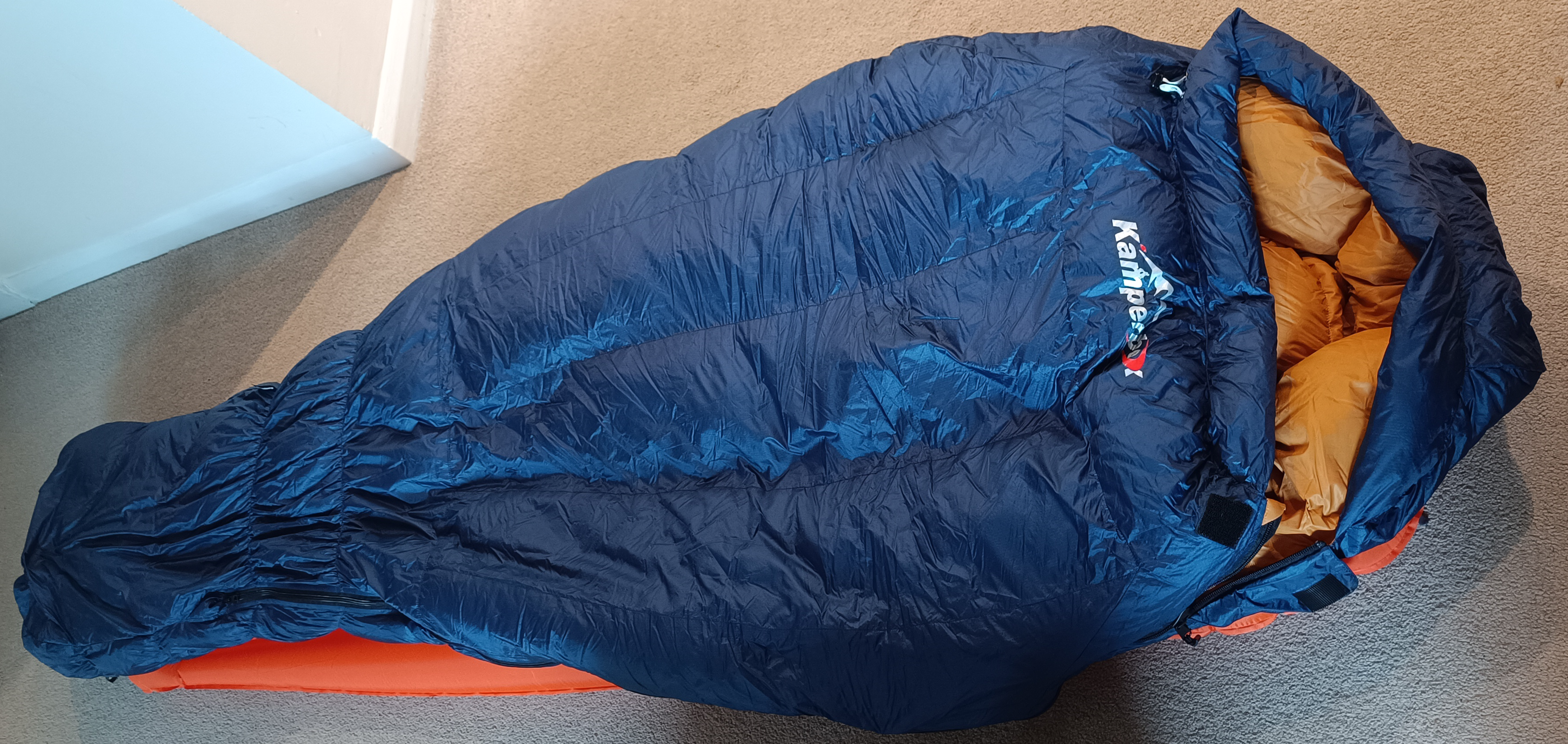If you’re in the market for a new outdoor gear or clothing, chances are you’ll come across terms like 30D and 70D polyester.
These numbers may seem arbitrary, but they actually refer to the denier of the fabric, or the weight in grams of a 9,000-meter length of the material. The higher the denier, the thicker and heavier the fabric will be. So the thread used for 70D polyester is more than twice as thick compared to that of 30D polyester.
This difference has many implications apart from weight!
But, what’s the difference between 30D and 70D polyester in use? And which one should you choose?
Let’s start with 30D polyester. This fabric is lightweight and packable, making it a popular choice for backpackers and hikers who want to minimize their pack weight. It’s also often used in ultralight tents, sleeping bags, and clothing.

While 30D polyester is lightweight, it’s still durable enough to withstand some wear and tear, making it a good choice for gear that will see regular use.
On the other hand, 70D polyester is thicker and heavier than 30D polyester, making it more durable and abrasion-resistant. It’s a good choice for gear that will see heavy use, such as backpacks, duffel bags, and tents. 70D polyester is also more water-resistant than 30D polyester, so it’s a good choice for gear that will be exposed to the elements.
So, which one should you choose? It really depends on your needs. If you’re looking for ultralight gear that you’ll be carrying for long distances, 30D polyester is a good choice. If you need gear that can withstand heavy use and exposure to the elements, 70D polyester is a better option.
Thread count
It’s also worth noting that the denier of the fabric is just one factor to consider when choosing outdoor gear.
Other factors like the type of weave (especially its density!), coatings, and finishes can all impact the performance of the material.

In addition to denier, the thread count or density of the fabric is also an important factor to consider when choosing outdoor gear and clothing.
Thread count refers to the number of threads woven into one square inch of fabric. A higher thread count means there are more threads per square inch, resulting in a denser and stronger fabric.
A high thread count can improve the strength, durability, and abrasion resistance of the fabric, making it more suitable for heavy use and harsh conditions. It can also improve the water resistance of the fabric by reducing the size of the gaps between threads where water can seep through.
However, a high thread count can also make the fabric less breathable and less packable. This can be an issue for activities where weight and bulk are important, such as backpacking and hiking.
Conversely, a lower thread count can result in a more breathable and packable fabric, but it may be less durable and water-resistant.
Ultimately, the ideal thread count will depend on the specific needs of the activity and the conditions it will be used in. It’s important to consider factors like weight, packability, durability, water resistance, and breathability when choosing a fabric for outdoor gear and clothing.
What does 30D polyester mean?
30D polyester means that the fabric has been made with a thread weighing 30 grams per 9000 meters! This is very thin and almost the limit (20D) of what is technically feasible to make from polyester extrusion. The fabric made from 30D polyester weighs approximately 1 oz/sq. yard before any coating is applied.
What does 70D polyester mean?
70D polyester is a common fabric used for tent fly sheets, tarps, and hammocks. It has a good combination of thickness, weight, and water resistance.
70D polyester is made using a thread that weighs 70 grams per 9000 meters, or 7.7 grams per kilometer.
It is often compared to 30D silnylon as a functional material for hammocks. Here 70D polyester is thicker and more waterproof but also weighs more. In addition, the nylon fabric will absorb water and expand when wet!
Other similar polyester fabrics
In addition to 30D and 70D polyester, there are a few other common deniers used in outdoor gear and clothing, including 75D and 50D polyester.
75D polyester is a slightly heavier and more durable fabric than 70D polyester. It offers good tear and tensile strength, making it a good choice for gear that will see heavy use. It’s also water-resistant and can be coated with additional waterproofing for extra protection against the elements. Price-wise, 75D polyester tends to be more expensive than 30D and 50D polyester, but less expensive than high-end fabrics like Gore-Tex.
30D polyester, as mentioned earlier, is a lightweight and packable fabric that’s popular among backpackers and hikers. While it’s not as durable as 70D or 75D polyester, it still offers decent tear and tensile strength for its weight.

30D polyester is also water-resistant, but not as much as heavier fabrics. Price-wise, 30D polyester is typically more affordable than 70D, 75D, or other heavier fabrics.
50D polyester is a mid-weight fabric that’s often used in gear and clothing that needs to balance durability with packability. It offers good tear and tensile strength, making it a good choice for gear that will see moderate use. 50D polyester is also water-resistant and can be coated for extra protection. In terms of price, 50D polyester is typically more expensive than 30D polyester, but less expensive than 70D or 75D polyester.
Overall, the choice of fabric will depend on the specific needs of the activity and the conditions it will be used in. Factors such as weight, packability, durability, water resistance, and price should all be considered when choosing a fabric for outdoor gear and clothing.
What is 75D polyester?
75D polyester is a synthetic fabric woven from a thread that weighs 75 grams per 9000 meters, or 8.3 grams per kilometer. The fabric made from 75D polyester weighs around 2 oz/square yard.
Is 75D polyester waterproof?
Yes! This fabric along with the 70D polyester is sometimes used for tents and is fairly water-resistant at a 1000mm waterproof rating.
The fabric made from 75D polyester weighs around 2 oz/square yard before coating and approximately 2.4 oz/square yard after waterproofing.
30D vs 50D Polyester
Fabric made from 50D polyester is almost twice the thickness compared to 30D polyester. The thread used to make the 30D fabric weighs 30 grams per 9 km and the thread used to make the 50D polyester weighs 50 grams per 9 km. 30D corresponds to 3.3T and 50D corresponds to 5.6T (g/km or Tex).
30D vs 75D polyester
Here, the 75D (corresponding to 8.3T or Tex) is about twice the thickness of the 30D (3.3T) polyester (or nylon for that matter). The 30D fabrics weighs approximately 1 oz/square yard before coating and around 2.3 oz/square yard after water repellent coating.
Woven 75D polyester fabric weighs around 2 oz/square yard before coating and approximately 2.4 oz/square yard after coating.
Conclusion
In conclusion, 30D and 70D polyester are both useful fabrics for outdoor gear and clothing, but they serve different purposes. 30D polyester is lightweight and packable, while 70D polyester is thicker and more durable. When choosing gear, it’s important to consider the specific needs of your activity and the conditions you’ll be facing to determine which fabric is the best choice for you.




